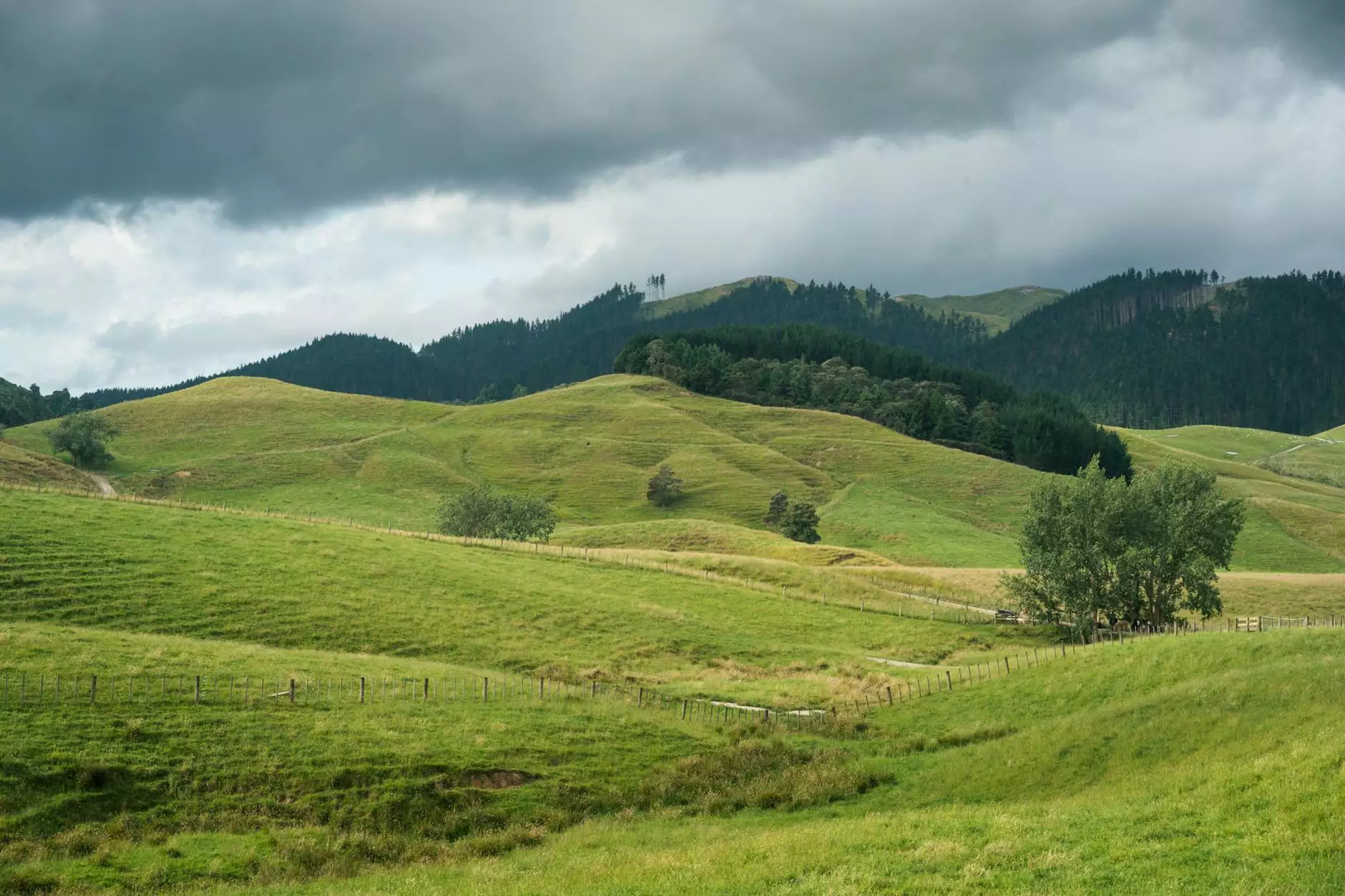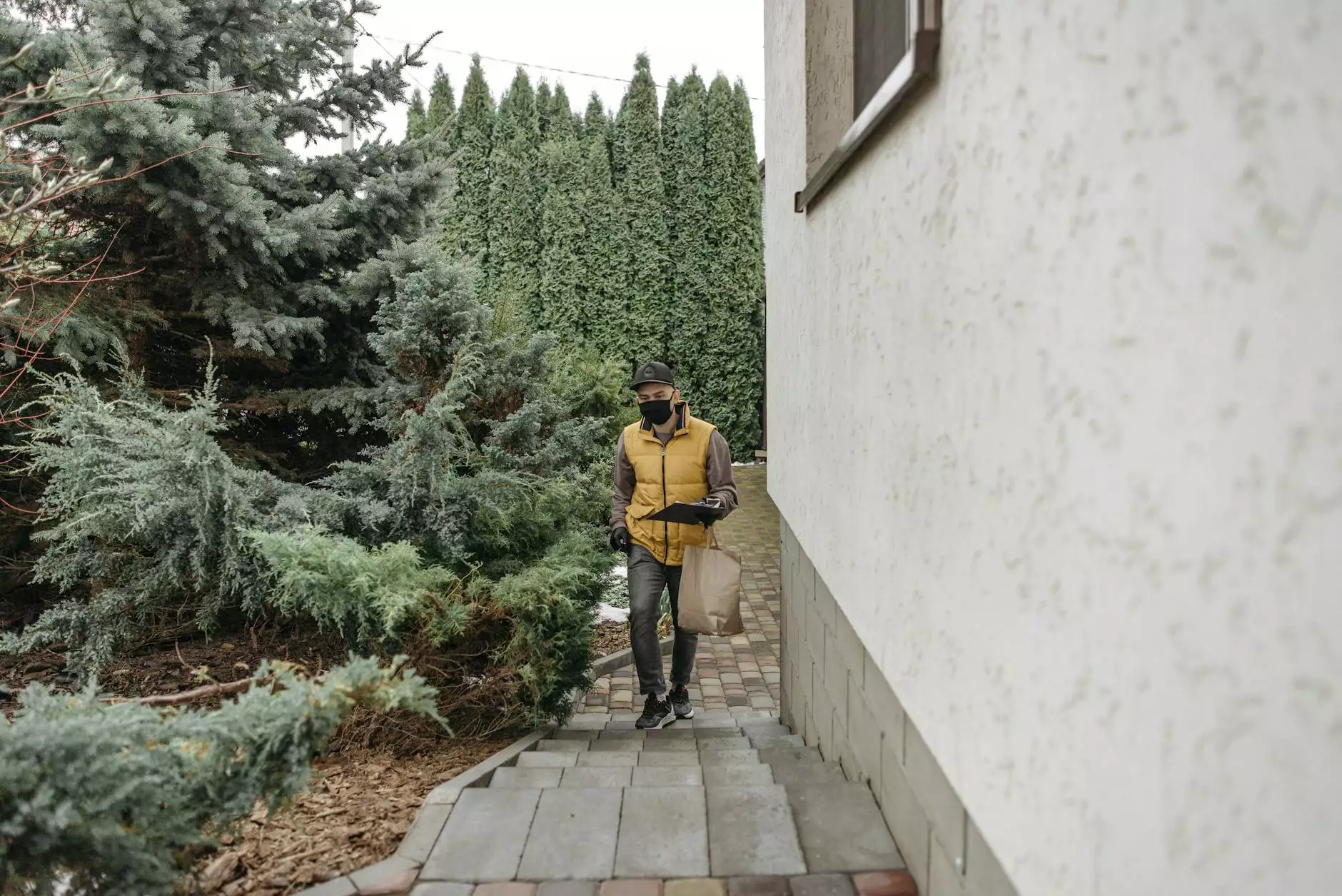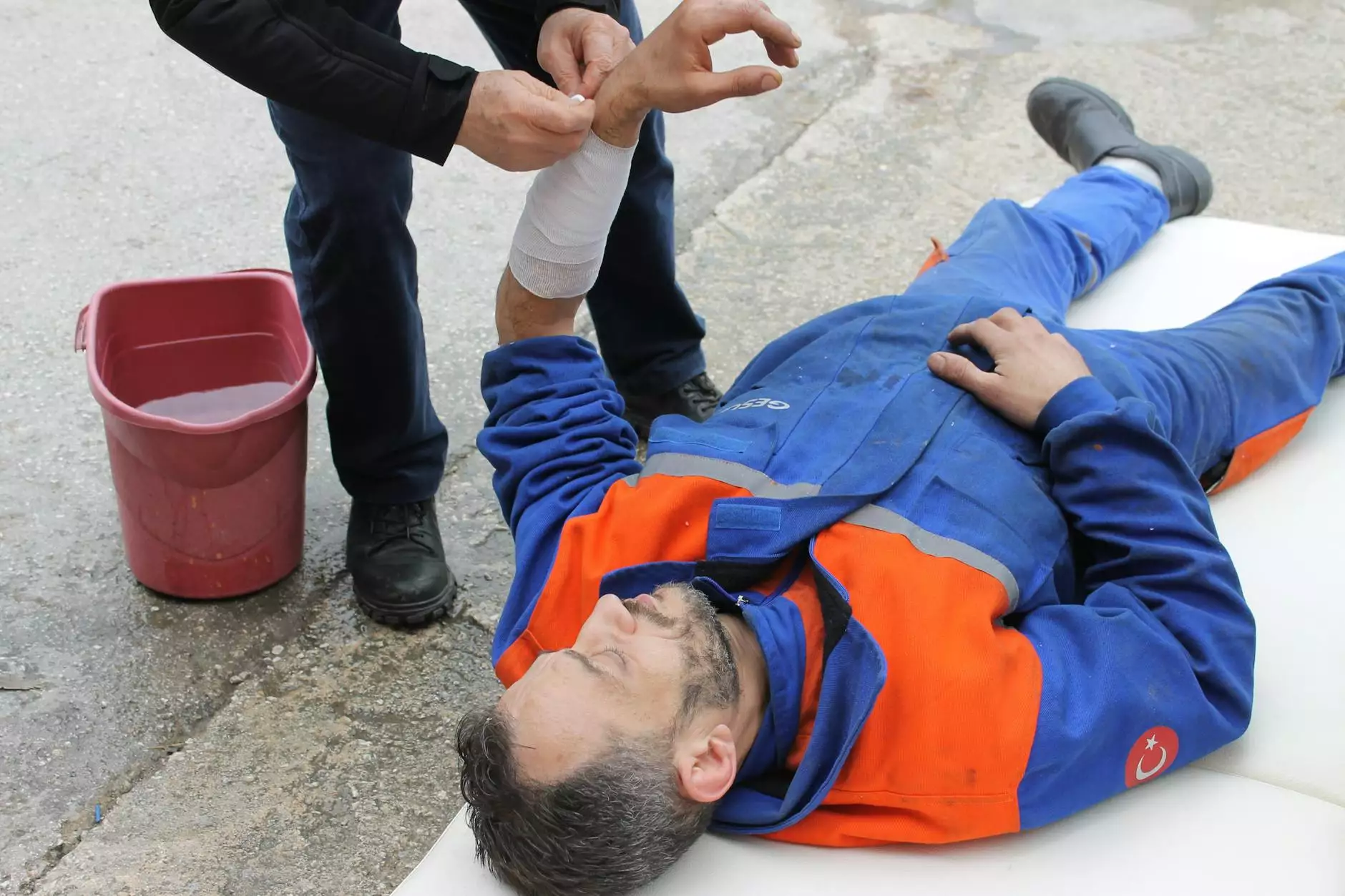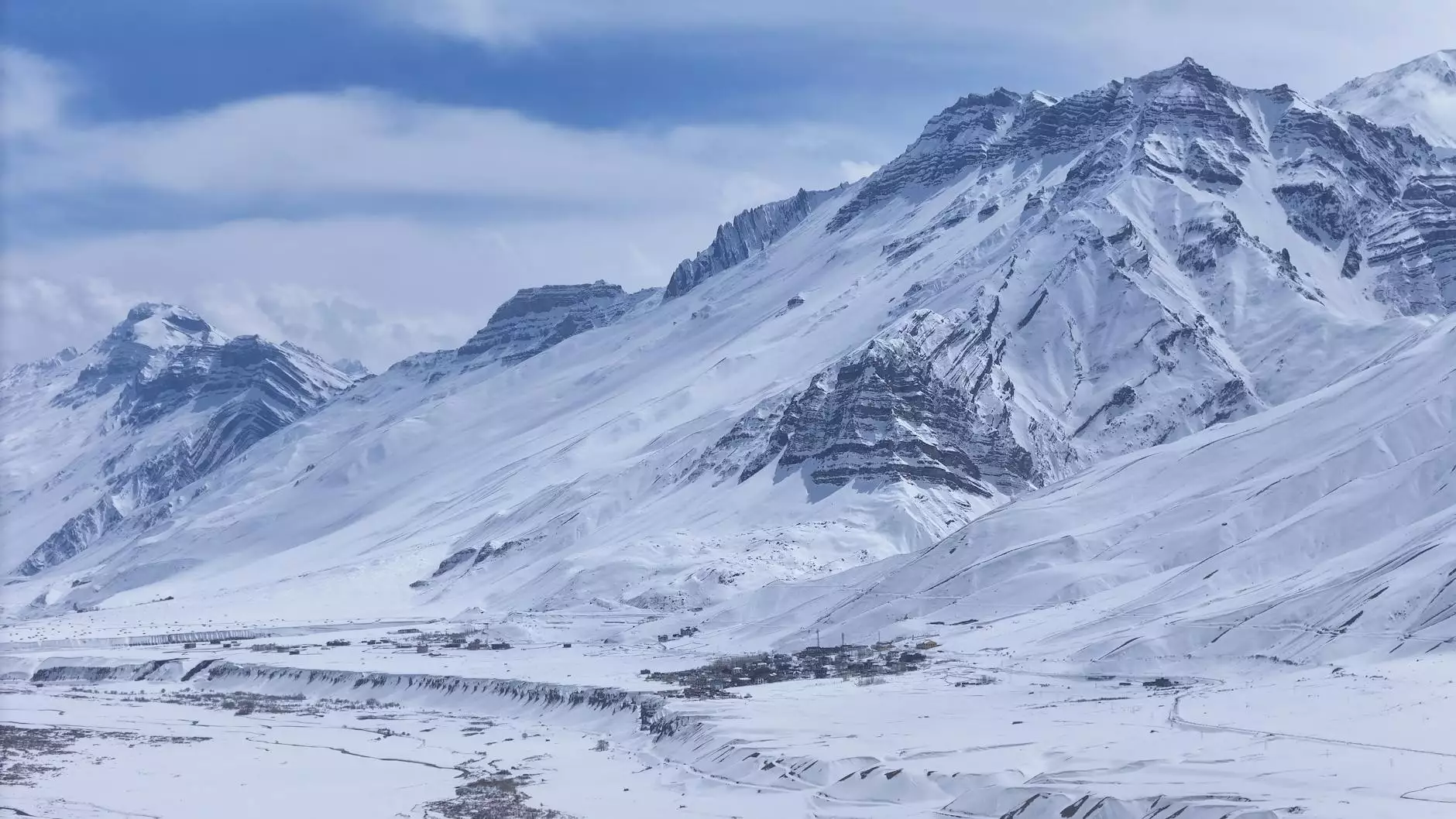The Ultimate Guide to the Kangchenjunga Trek

The Kangchenjunga Trek is not just a journey; it's an experience that immerses you in the majestic beauty of the Himalayas. Known for its rich biodiversity and stunning landscapes, the trek to the third-highest peak in the world offers an unforgettable adventure for trekkers and nature lovers alike. In this extensive guide, we will delve into the various aspects of the trek, from travel planning to the attractions along the route, ensuring that you are well-prepared for this magnificent expedition.
Understanding the Kangchenjunga Region
The Kangchenjunga, which stands at an elevation of 8,586 meters (28,169 feet), is not only a geographical wonder but also holds cultural significance for the local communities, including the Nepalese and Sherpas. The name 'Kangchenjunga' comes from the local languages, meaning "five treasures of the snow," symbolizing the five peaks that contribute to its grandeur. The region is a powerful blend of natural beauty, rich biodiversity, and unique cultural heritage.
Planning Your Kangchenjunga Trek
Best Time to Trek
The best seasons for trekking the Kangchenjunga Trek are pre-monsoon (March to May) and post-monsoon (September to November). During these months, the weather is generally more stable, offering clear views of the mountains and pleasant trekking conditions.
Getting There
The journey typically begins in the bustling town of Biratnagar or Taplejung, both accessible by flights or road transport from Kathmandu. From there, you will embark on a multi-day trek to reach the base of Kangchenjunga.
Itinerary Overview
A standard itinerary for the Kangchenjunga Trek can range from 12 to 26 days, depending on your route and trekking pace. Below is a basic outline:
- Day 1: Fly or drive to Biratnagar, then continue to Taplejung.
- Day 2-5: Trek from Taplejung to the base camp, passing through beautiful villages and dense rhododendron forests.
- Day 6-8: Base camp exploration and acclimatization, enjoying breathtaking views of the peaks.
- Day 9-12: Return trek, taking a slightly different route to explore more local culture.
- Day 13: Return to Taplejung, then head back to Biratnagar.
Trekking Essentials for the Kangchenjunga Trek
What to Pack
Being prepared with the right equipment can make your adventure a lot more enjoyable. Here’s a list of essentials:
- High-quality hiking boots
- Warm clothing layers (thermal layers, fleece, down jacket)
- Waterproof and windproof jacket
- Sleeping bag suitable for high altitude
- First-aid kit and personal medications
- Lightweight trekking poles
- Food supplies (snacks, energy bars)
- Camera and binoculars for wildlife spotting
- Water purification tablets or filters
Physical Preparation
The Kangchenjunga Trek demands good physical fitness due to its high altitude and rugged trails. It is advisable to engage in a fitness regimen that includes:
- Aerobic exercises (running, cycling, swimming)
- Strength training (focusing on legs and core)
- Hiking practice on varied terrains
Experiencing Local Culture
The trek is not just about breathtaking landscapes; it also provides a unique opportunity to engage with local communities. You will encounter various ethnic groups, including the Rai and Limbu people, offering insights into their daily lives, traditions, and festivals.
Homestays and Guesthouses
During the Kangchenjunga Trek, trekkers often stay in local homestays or guesthouses. This not only supports the local economy but also allows for authentic cultural exchanges, providing memorable experiences such as traditional meals and local storytelling.
Wildlife and Flora
The Kangchenjunga Conservation Area is a UNESCO World Heritage site, famous for its diverse flora and fauna. You may encounter rare species such as the red panda, snow leopard, and numerous bird species. The trek is also graced with a variety of plants, including medicinal herbs and vibrant flowers, especially during the spring season.
Safety Considerations on the Kangchenjunga Trek
Altitude Sickness
As you trek to higher altitudes, be aware of altitude sickness, which can affect anyone regardless of fitness level. Key symptoms include headache, nausea, and dizziness. To mitigate the risks:
- Ascend gradually and allow for rest days to acclimatize.
- Stay hydrated by drinking plenty of water.
- Listen to your body and descend if symptoms worsen.
Travel Insurance
It's highly recommended to obtain comprehensive travel insurance covering trekking at high altitudes. This should include coverage for medical emergencies and evacuation if necessary.
Conclusion: The Call of the Kangchenjunga Trek
The Kangchenjunga Trek is a holistic adventure that combines physical challenge with the chance to explore one of the most beautiful and untouched regions of the world. From the stunning vistas of towering peaks to the rich culture of the indigenous peoples, this trek offers something for everyone. Whether you're an experienced trekker or a novice adventurer, preparation and a spirit of exploration will ensure that your journey to the foot of Kangchenjunga is nothing short of spectacular.
Ready to embark on this unforgettable journey? Visit myeveresttrip.com to plan your Kangchenjunga Trek adventure today!
kanchenjunga trek








